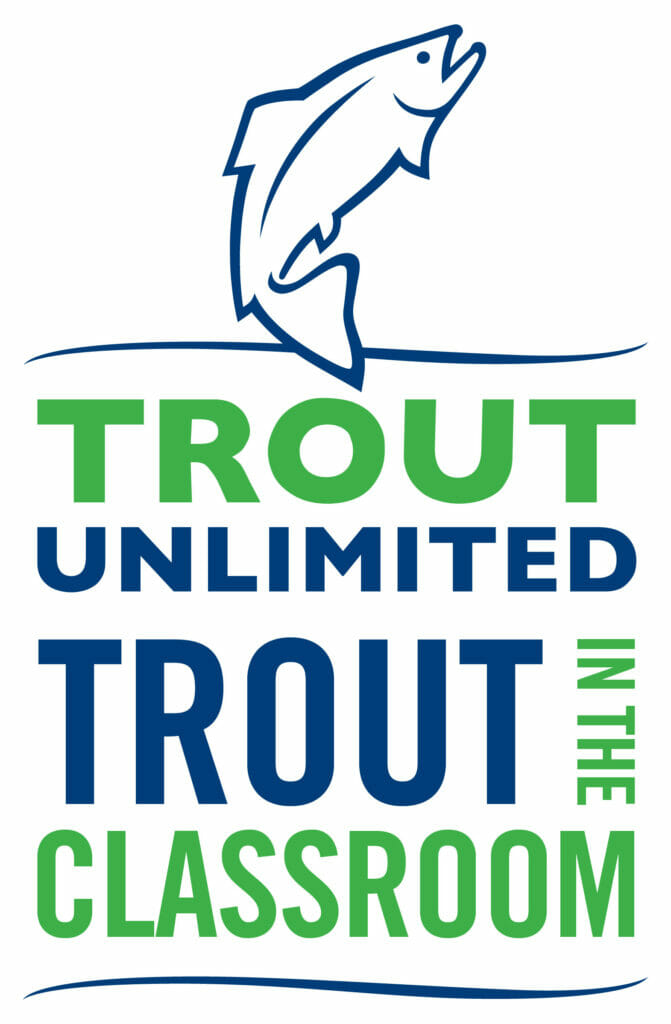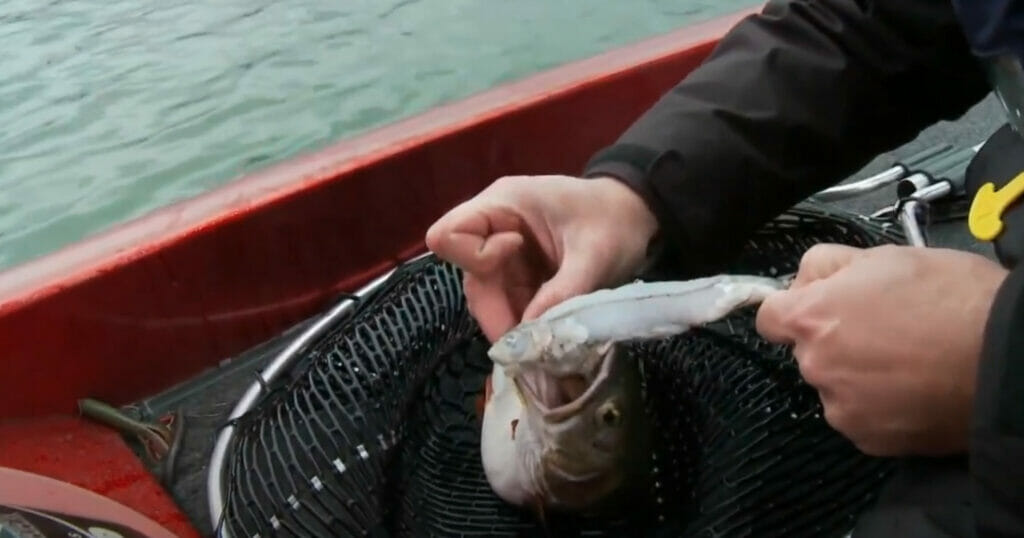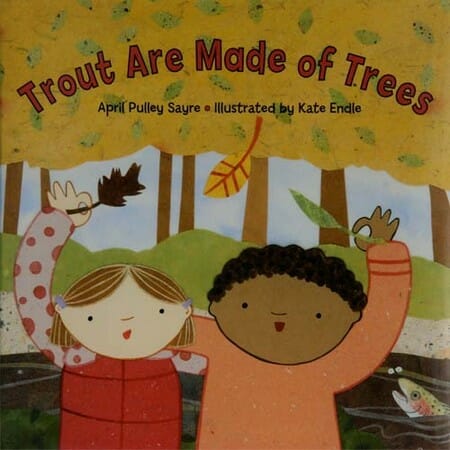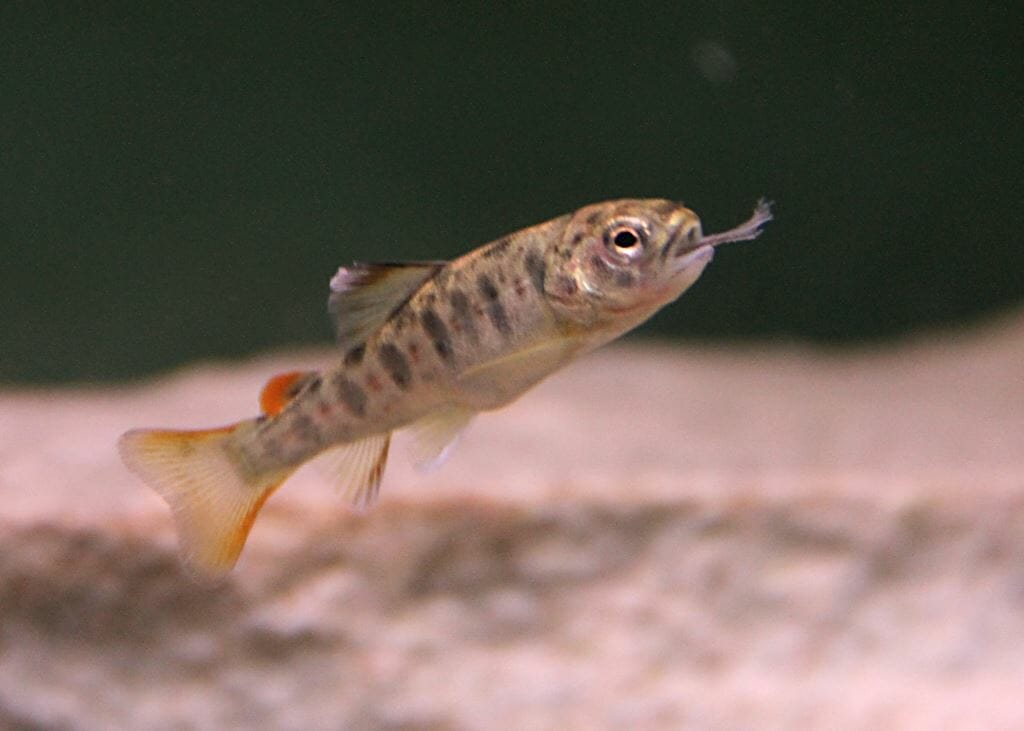
Trout are missing from our virtual trout tank at the Trailside Museum and the very hungry fry are to blame.
While trout love to feed on macroinvertebrates, they are ultimately opportunistic feeders.
Like many other fish, trout are cannibalistic, and will eat smaller members of their own species. In fact, we commonly see this in TIC tanks across the country.

The survival of the fittest in a trout-eat-trout world where the larger fish seem to not hesitate to eat the smaller ones. This behavior is what makes trout smarter, faster and healthier and better able to avoid other predators like bears, otters and birds of prey.
Here’s a fun story from Warren Colyer, director of Trout Unlimited’s Western Water and Habitat Program, as he reads “Trout are Made of Trees”. Warren discusses the important ecology research TU conducts across the country.
April Pulley Sayre’s books does a great job of explaining the role of trout in the riparian food web. Additional information, games, and activities can also be found on the Stream Explorer’s website and www.troutintheclassroom.org

Science Journal Question for TIC Students: Can you draw a food web for a stream ecosystem? What would happen to the food web if trout were no longer in the streams?
Dive Even Deeper: What other adaptations, both behavioral and physical, help trout avoid predation? How does cannibalism impact genetics?



